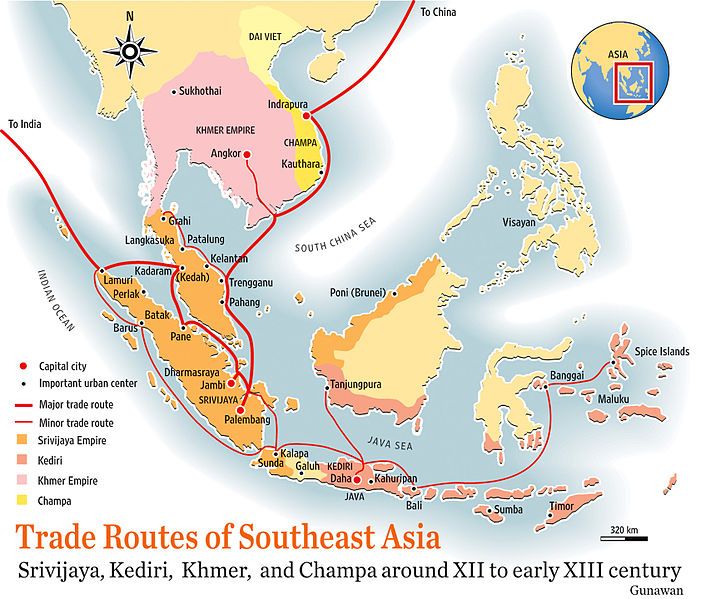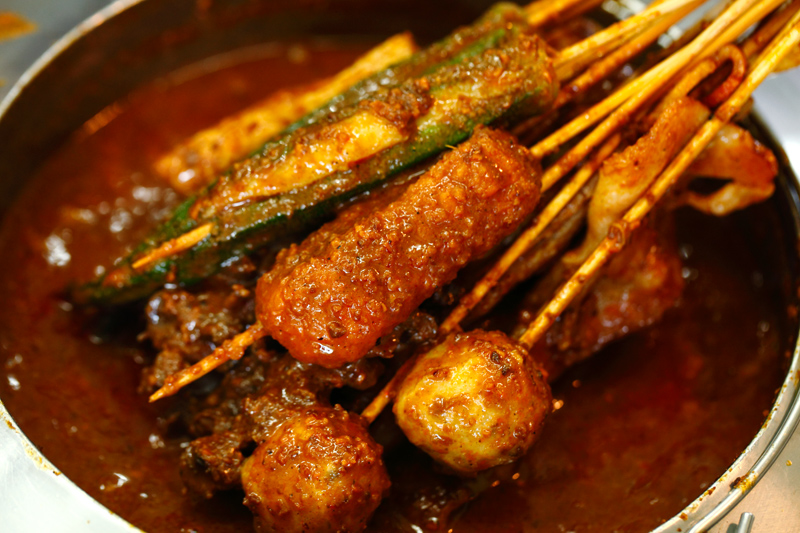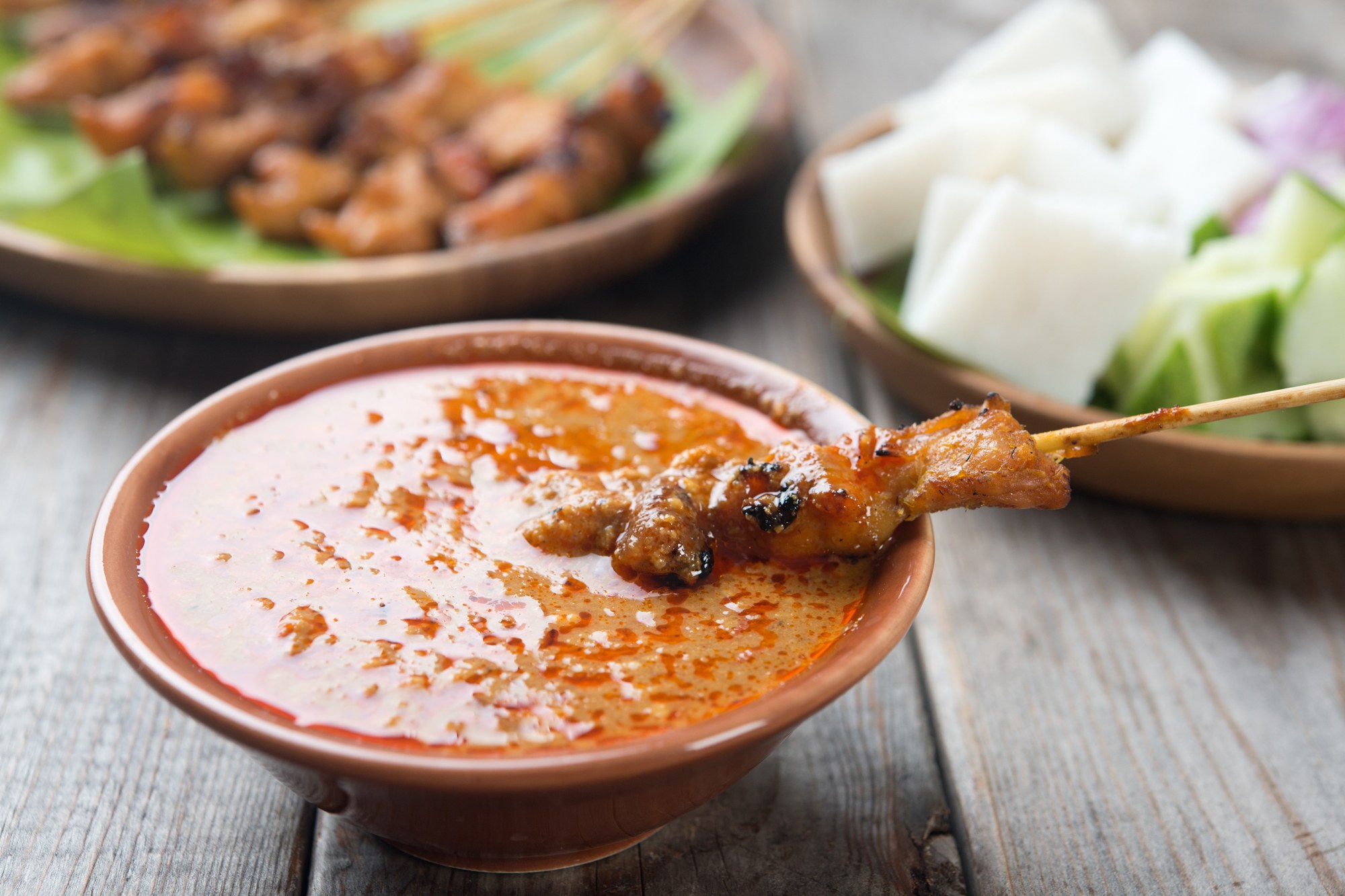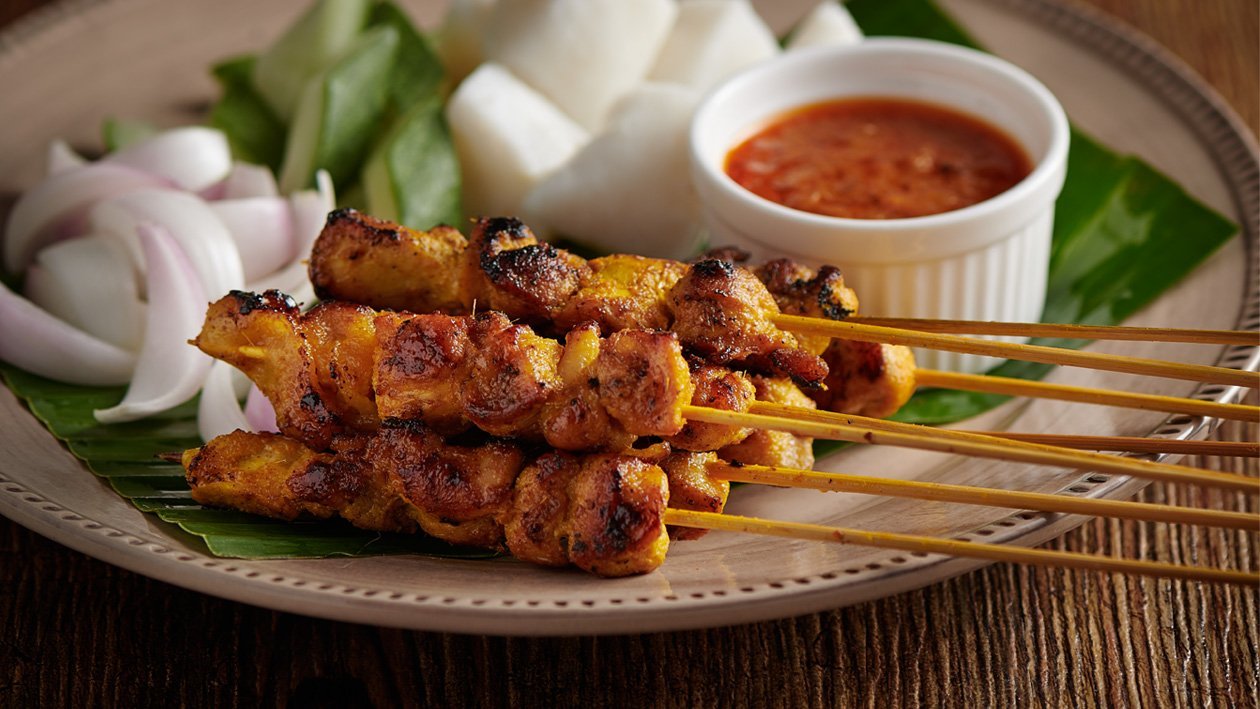Written by Aqil Nasri
You should know by now what’s satay. Skewered pieces of meat, barbecued over a charcoal fire, caramelised to perfection, complemented with a sweet, yet spicy sauce that presents a flavour bomb over your tongue. For snacking or for dinner, the satay is perfect for any time, and any occasion.
Origins of the delicacy however, have varied sources that traces its roots to the Middle Eastern regions, whereby nomads would skewer their meats on sword and spitroast them, but it can be traced even further into 8th Century Ancient Greek civilisation as the Iliad Epic mentions semblances of pieces of meat roasted on spits. Of course, with the development of human kind and exploration, this simple technique has proliferated far beyond the Middle Eastern world and arrives to the far reaches of the East, including the Archipelagos of Southeast Asia.

Trade Routes around Southeast Asia
The Spice Trade played a key part in bringing this dish to the region. Arab traders started to spread their overall cuisine to Indonesia, specifically in the Java region. The Javanese street vendors then started to adapt the kebab that was first brought in by the influx of Arab and Indian traders that came throughout the Indonesian islands, slowly becoming the satay we know today.
One key adaptation was the use of smaller wooden skewers by the street vendors to accommodate for a more consumption friendly size, instead of the big metal ones used to skewer kebabs. As more and more regions within Indonesia started to adopt this delicacy, traders started to bring this recipe with them to Malaya and open up their satay stalls across the Straits, and thus, the satay was here to stay.

Mutton Satay
Variations of satay are endless, with Indonesia home to a whopping 252 varieties of the delicacy. Malaysia can lay claim to the famous sate Kajang, as well as the satay celup in Malacca, while our neighbouring countries have pork variations. Even the Dutch have their own variations of satay, adapted and assimilated in their culture during the Indonesian occupation from the 1800s.

Satay Celup. Picture Credits: VKeong
In one perspective, the satay can be seen as a direct reflection of the culture within an area, an easy going delicacy that has called home in various parts of Southeast Asia, each uniquely blended with various marinations, spices, even meats, but one thing’s for damn sure, as long as people stick pieces of meats into skewers, the satay will never die.



